When I was a kid I remember the late night ads on tv for the Banjo Minnow and thinking that if only I had the fishing kit, I would be the best fisherman in the world just like the pros! This bait had a spring like fastener for a soft body seminar and the videos showed that it worked! But did the bait actually work or was it just good marketing? As an adult, I saw baits that had flashing lights in them, baits that had miniature speakers built in that played cricket noises and even baits that you could control via Bluetooth on your phone. Are these all gimmicks to make more profits or is there science to back these up? Are these baits just to sell to fishermen or are they made to actually catch fish?
Let’s break down some examples and what baits may be just trying to catch your wallets and may not catch more fish.
Advertisement — Continue Reading Below
Keeping Bait Simple
If you look at most state record largemouth bass around the country, the year that they were caught may surprise you. For example, in Alabama, the state record was caught in 1987. Coming in at a whopping 16lbs, 8oz weight. In Florida, Billy O’Berry landed a bass that weighed in at 17lbs, 4oz in 1986. In my home state of Michigan, the state record belongs to William Maloney with his 11 lb, 15 oz Largemouth Bass in 1934. The plentiful fishery of Texas produced an 18lb 2oz monster bass in Lake Fork in 1992. These are all huge fish and were caught by anglers of various skill levels and all on public waterways.
Going state by state, almost every record was caught 20 years ago or more. Now this could be due to changes in weather, ecosystem adjustments, conservation efforts or other factors, but the one thing that stands out to me is that the technology from 1980-2000 caught bigger bass than anyone has ever since. This means that the newest and most celebrated rods, reels and even baits have not led to catching any new state records in most areas around the country. If the largest fish were biting on hand carved wooden lures with unrealistic paint jobs, no flashing lights or sounds, then is the newer technology actually proven to catch more fish? Well the short answer is yes, but there is more to it.
Quantity Over Quality
One thing I think that is often overlooked is that we all want to grow the sport and the best way to do that is to work to provide more opportunity to get people on the water and out fishing. But the other side of that goal is to get new anglers to catch fish easier so they can enjoy their time in this sport more too. It is not always about catching the largest fish in the state for everyone, sometimes it is just about catching anything at all.
Advertisement — Continue Reading Below
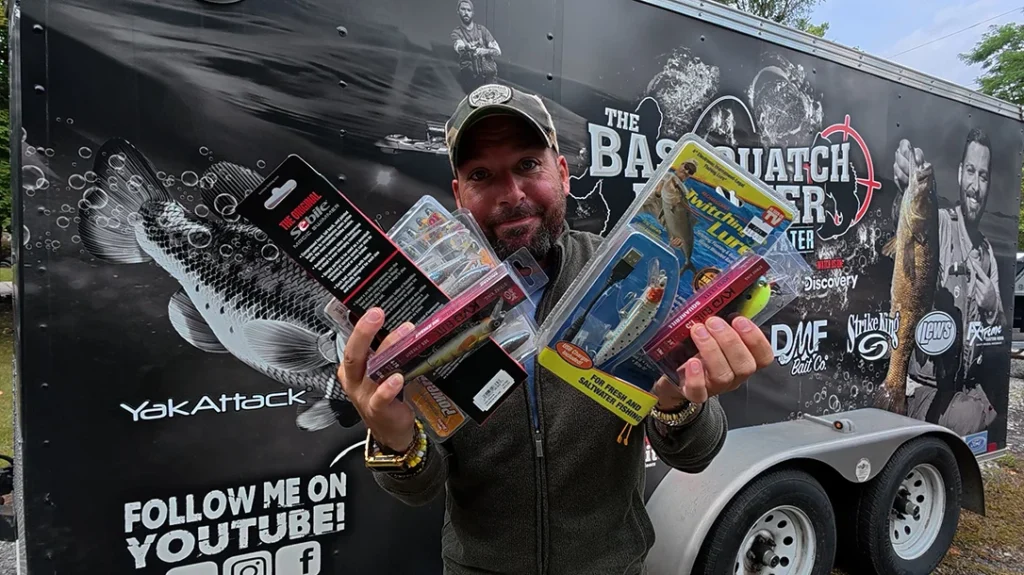
In my opinion, baits have not made it easier to catch the new state record based on the facts of when the records have been caught above, but the numbers of fish caught per angler has definitely gone up over the years. This is due to better fishery maintenance and stocking programs mostly. But there is something to be said with advancements in technology for baits and fishing gear as well. According to NOAA Fisheries data, recreational anglers caught an estimated 1.1 billion fish across 187 million trips in 2022. That calculates to roughly 5.8 fish per angler trip. This is a solid average for any angler, but unfortunately, it is a number that is lower than it was in 1960. The number of fish caught per angler is down from older studies for many factors.
What Has Changed?
The commercial fishing industry has also been impacted by weather changes, ecosystems being affected by man made chemicals and disasters and also the growing fishing pressure. The number one factor in the average fish per angler going down though is much simpler and not as negative. The number of anglers have been increasing over the years. Why is there a growth in anglers you ask? I would like to think that fishing has been more accessible by more people and that newer technology has made fishing more fun by allowing baits to catch fish faster and easier than ever before.
Advertisement — Continue Reading Below
Bells & Whistles
Do the extra flashing lights and sounds that a bait can make really help catch more fish? According to many studies, LED lighting can attract bait fish and in return attract predatory fish as well. This is creating what is called a food chain effect. Mimicking feeding and vibration can help attract fish. Lighting can also mimic the flash of baitfish, again a light source and draw fish in for a quick meal. Does this mean that any bait with LED lights will help catch fish? No, I am not saying that at all, but there are studies that go into the development of baits that have vibrations, sounds or lighting built in to them.
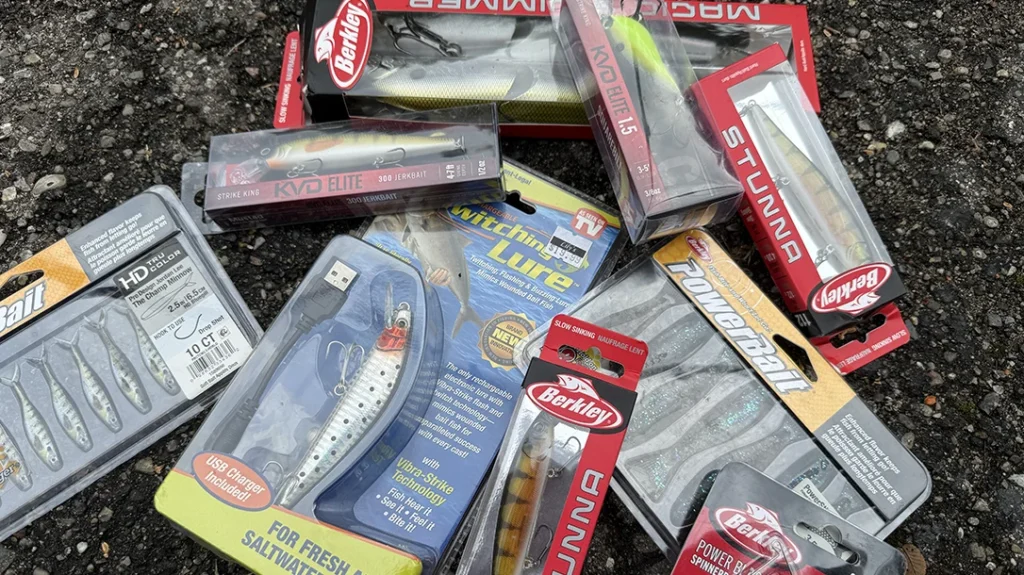
I do not think the correct question is if the baits that seem like sales gimmicks would work or not in certain situations. I think the correct question we should be asking is if we actually need these types of baits to cath fish? Or if there are other options that may be easier to use, more affordable? And if getting new anglers into the sport of fishing would require them to start with baits that have these new technological features.
Advertisement — Continue Reading Below
To Buy Or Not To Buy
Well, I shared a lot of information and opinions in this article and as a life long angler and someone who fishes for a living, I am a little more opinionated on this topic than some. At the end of the day, I want what most anglers want. I want to grow the sport, make it easier for people to get out and catch fish and sustain a good economy within the sport so it can continue to advance and grow.
For a new angler, I always suggest to keep it simple and do not fall for the gimmicks. Some baits are definitely designed to catch a fisherman more than to catch fish. Look at the packaging options alone. The fish don’t see the packaging, yet some companies work very hard to have the package appear as if their product is magical and will come with a guarantee of catching more fish than ever. The packaging is made for us anglers to impulsively buy the product. I encourage all shoppers to look behind the branding, imagery and slogan and see if the bait itself is actually a solid choice.
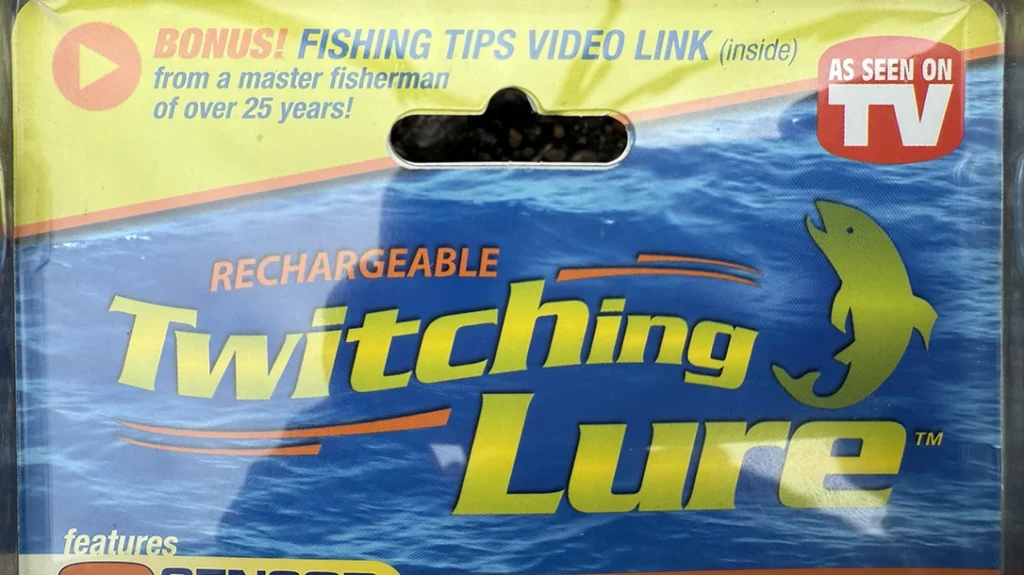
Advertisement — Continue Reading Below
Quality Bait
A quality built bait with quality hooks will do more for any angler than any amount of technology within a bait. Instead of finding a bait that can move on its own, maybe get a standard swim bait and hone your skills to be able to move the bait in your retrieve to look as lifelike as possible instead. If you want a bait that has 43 hooks on it (which in reality is not legal in all 50 states) to catch more fish, maybe get better at setting the hook with a single hook set up instead.
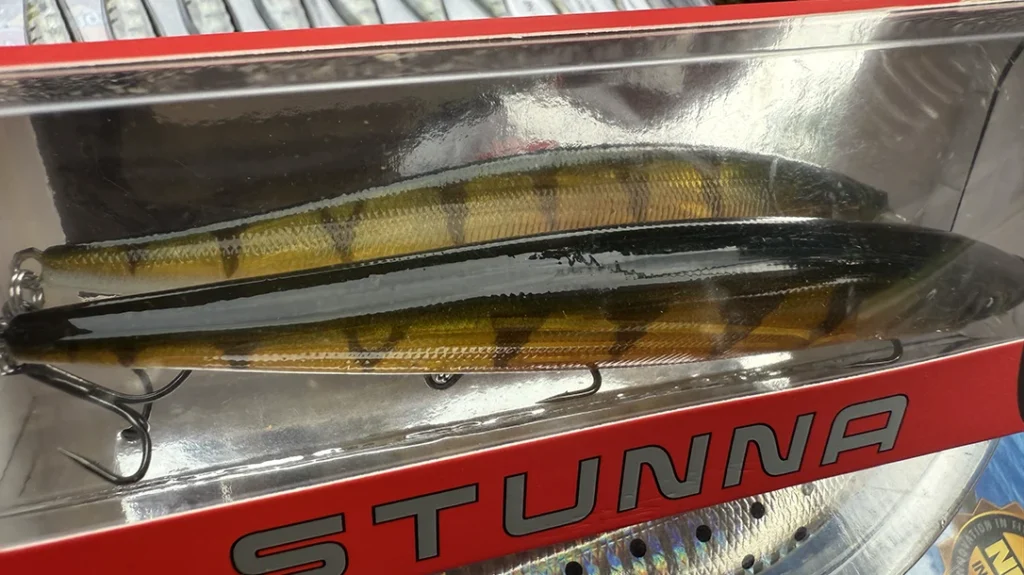
The newer tech and flashy packaging is mostly geared for those who want to try and take the easy way out. “Come buy our product and get the results you want without having to work for it” is a very common sales practice in all industries. In fishing, shortcuts never pay off long term and there is no need to rob yourself of the lessons that fishing can teach you and the ones you can pass down to future generations. There is a reason that the largest fish were caught decades ago and our grandfathers caught more fish in their days than we do now.
Advertisement — Continue Reading Below
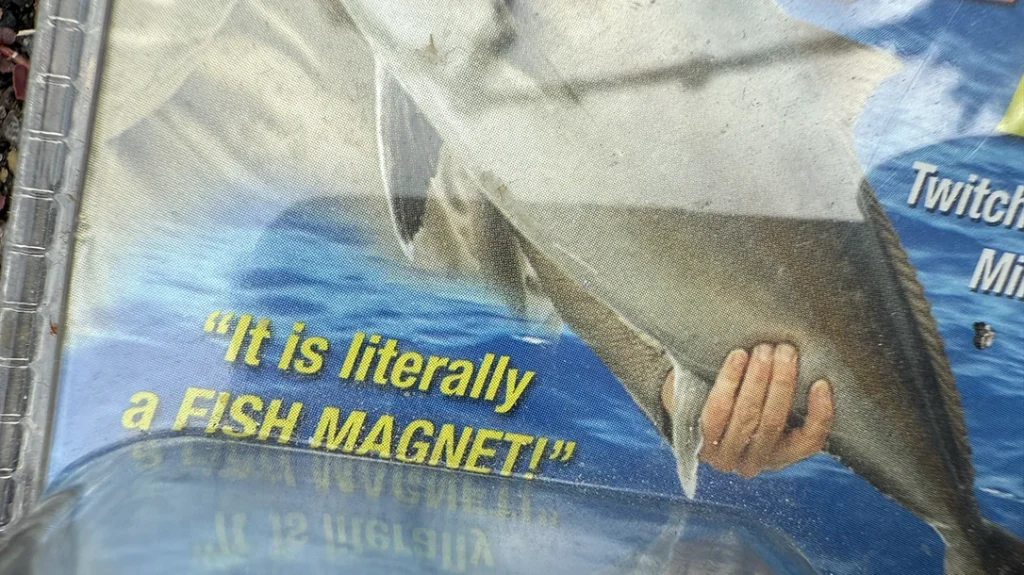
Fishing is not meant to be easy and lazy, it is meant to be fun, relaxing and peaceful. Those are two very different experiences. Choose solid products that will allow you to learn the skills of fishing and do not fall for the gimmicks that promise you can take the easy road. Hone those skills, put in the work and learn which products are designed to catch more fisherman than fish.
WHY OUR ARTICLES/REVIEWS DO NOT HAVE AFFILIATE LINKS
Affiliate links create a financial incentive for writers to promote certain products, which can lead to biased recommendations. This blurs the line between genuine advice and marketing, reducing trust in the content.
